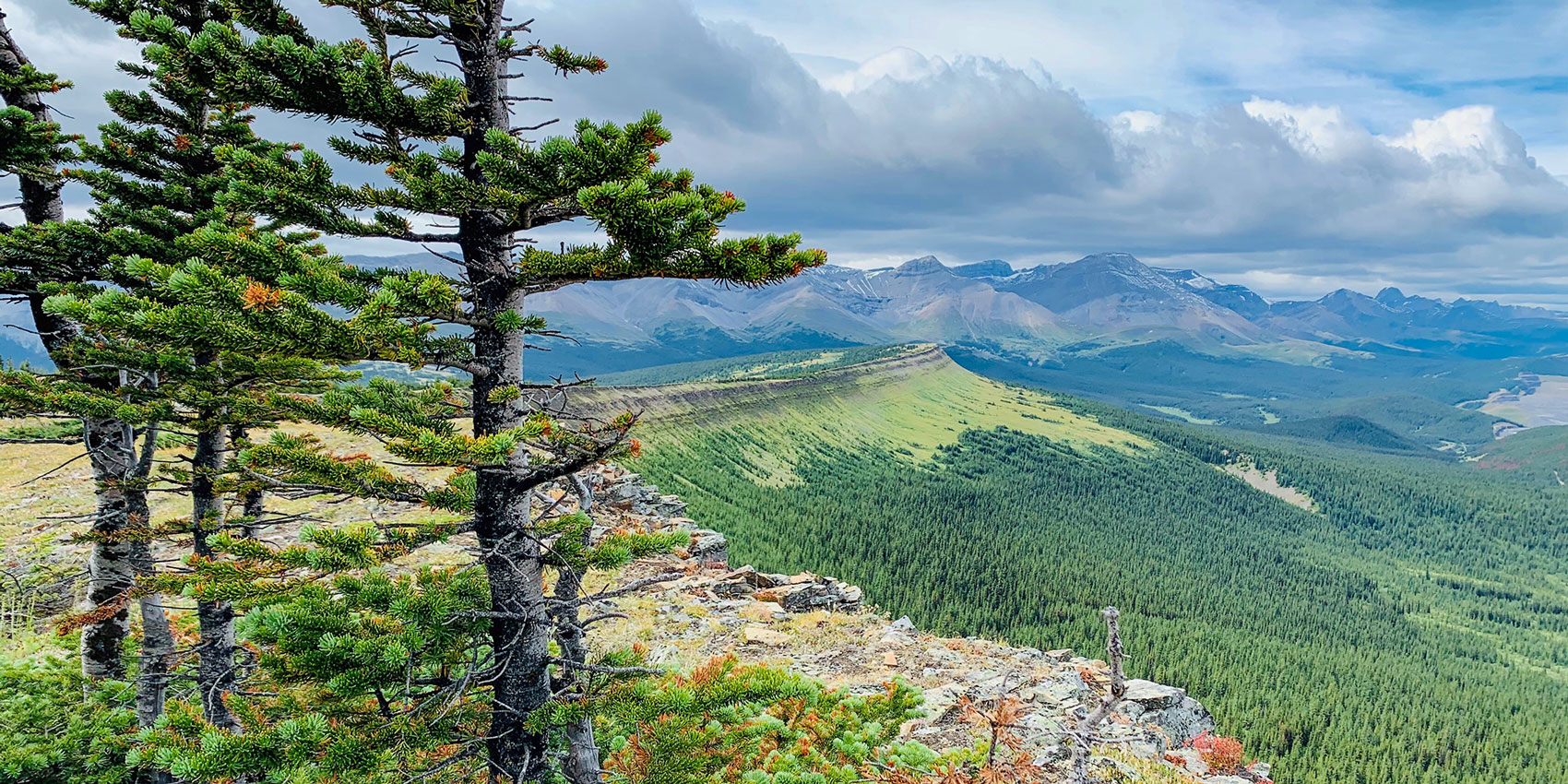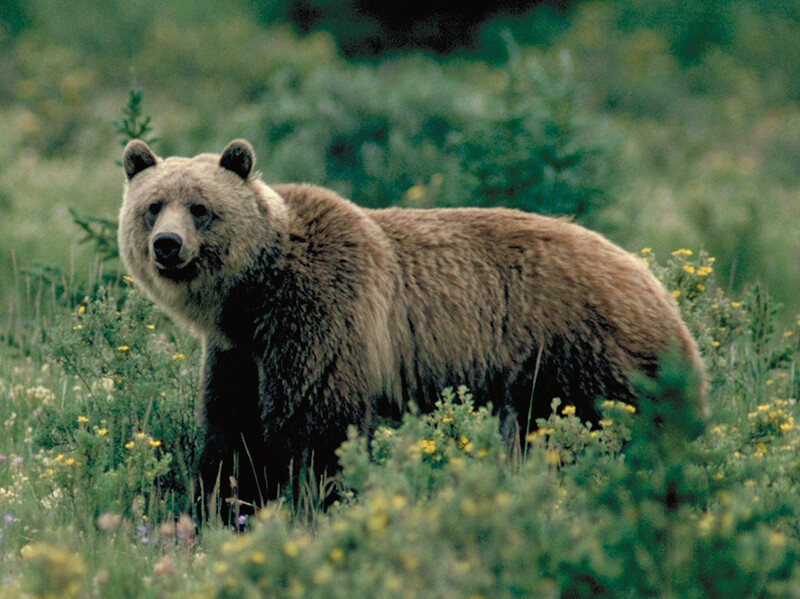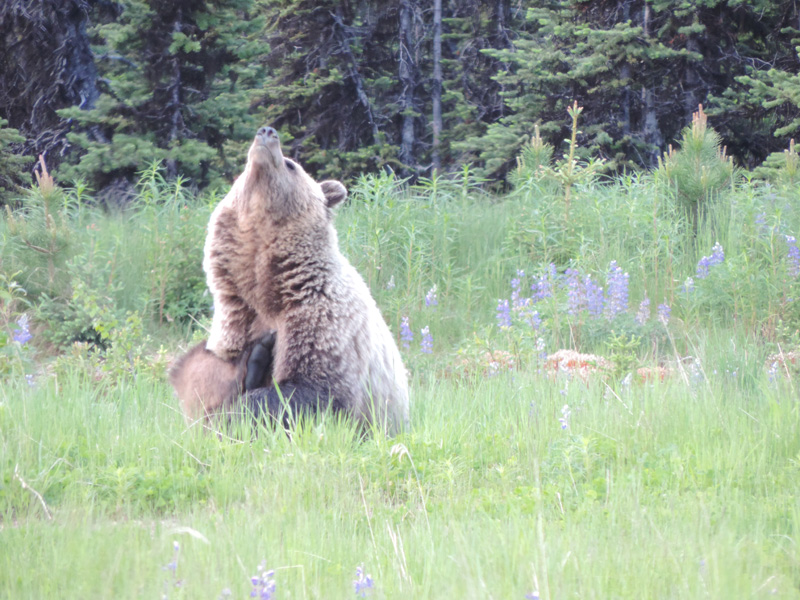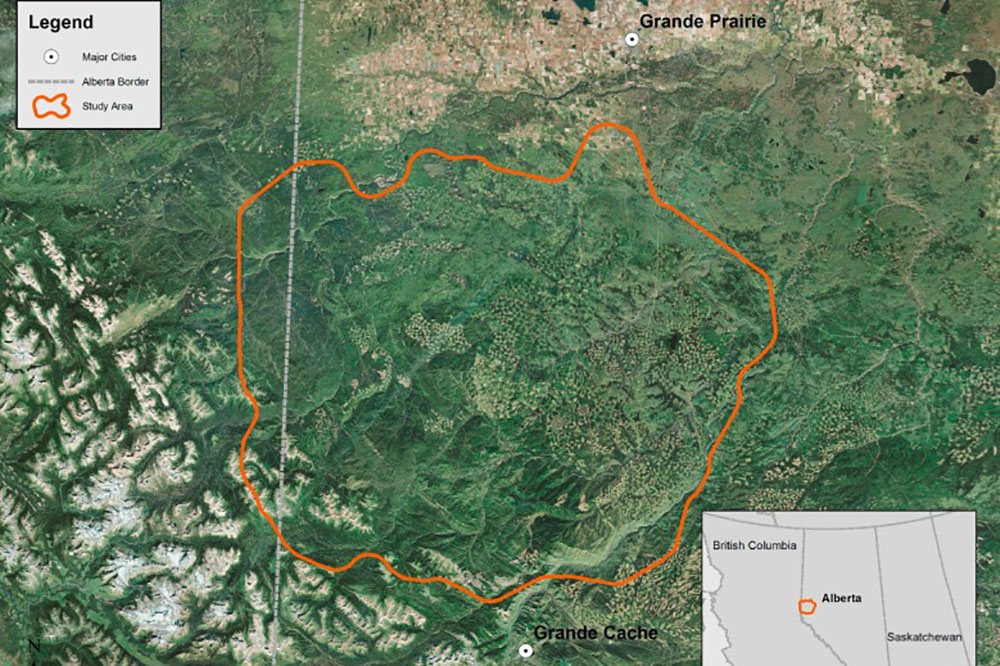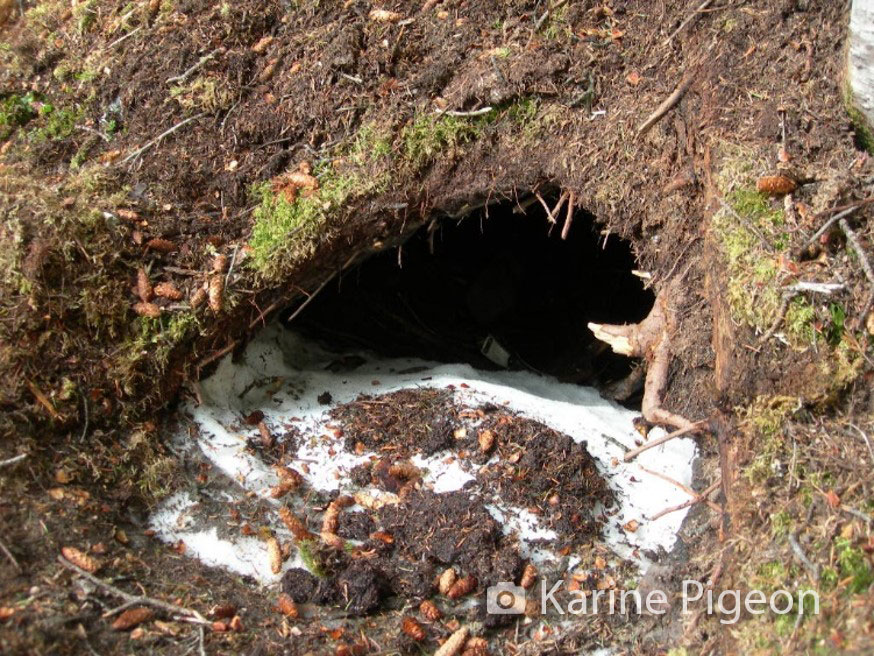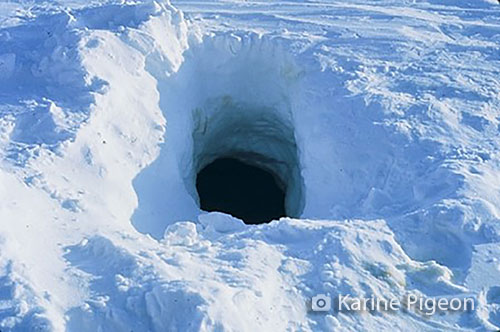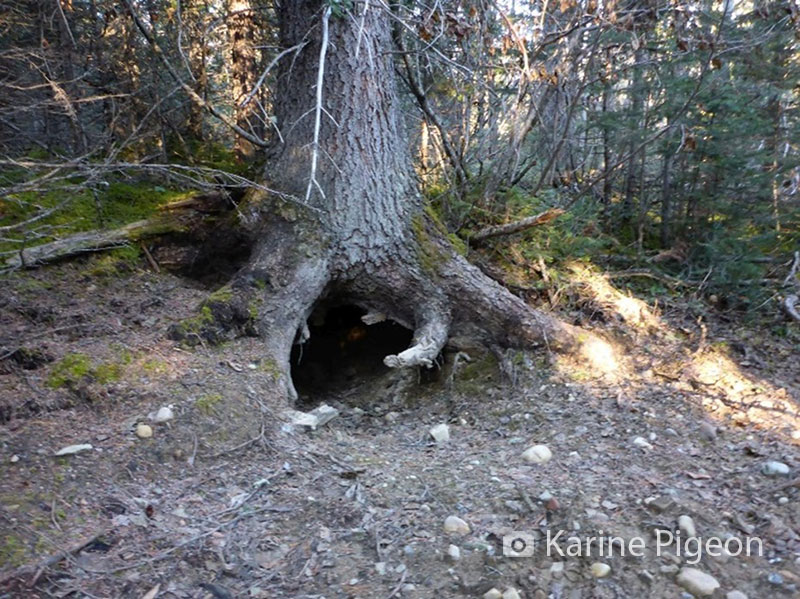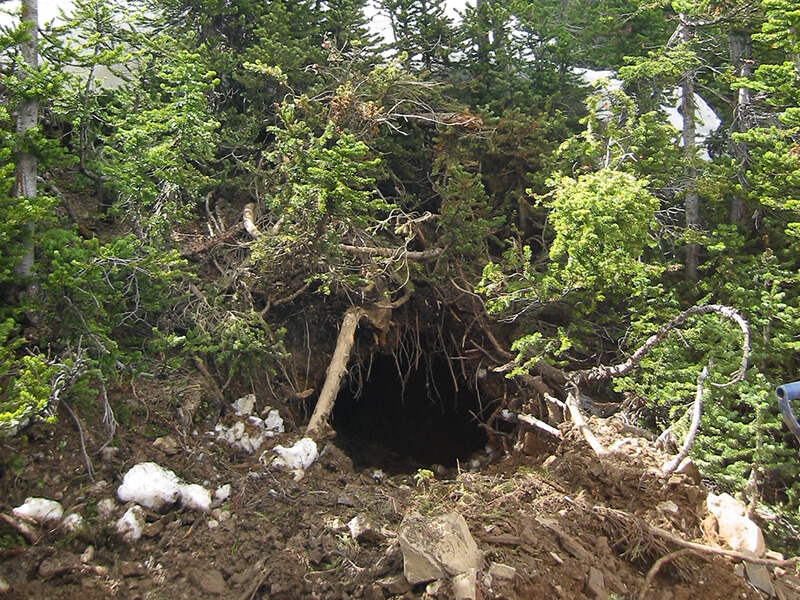
Abstract
Hibernation has evolved as an adaptive strategy to avoid harsh environmental conditions associated with a lack of resources, and the choice of hibernacula can affect the fitness of individuals. Most habitat selection studies, including investigations of overwintering sites, are based on data collected from land inventories or remote sensing databases used in a geographic information system (GIS). Although rarely used, forest stand ecological data gathered at fine spatial scales may enhance our understanding of selection processes. Our objectives were to enhance previous GIS-based investigations of den use by grizzly bears (Ursus arctos) with field-based investigations and determine whether males and females selected dens in response to food availability, within-stand characteristics related to concealment cover, or factors affecting the structural stability of dens. We studied den selection for 10 male and 21 female grizzly bears at the home-range scale and within the den vicinity using data collected at 42 den sites, 168 adjacent sites, and 345 random locations within the Rocky Mountains and boreal forest of Alberta, Canada between 2001 and 2012. Within their autumn home range, male and female grizzly bears selected sites with greater concealment cover, greater canopy cover, and more abundant sweet-vetch (Hedysarum spp.) compared to availability. Poor model performance when comparing den sites to adjacent sites within the den vicinity suggests that male and female grizzly bears select sites at scales larger than 0.1 km. We found no difference in the dimensions and characteristics of dens excavated by males and females, nor in the structural stability of dens dug under a mature tree or in open areas, and no selection for a specific type of mineral soil or percentage of boulders and cobbles. Our results corroborate previous resource selection functions using remote sensing and land inventory data but show that home-range scale analyses can fail to assess selection of potentially influential, ecologically important within-stand characteristics such as food abundance and lateral cover. Within-stand data are typically unavailable through current habitat maps and field data can enhance our understanding of fine-scale selection. To minimize human-bear interactions and disturbances at dens, we recommend integrating field-based investigations to high-priority denning areas identified from resource selection functions, and to further improve conservation efforts, we recommend taking into account within-stand data to describe behaviors occurring during the active and inactive periods.
Access the full article, with subscription, here.
Citation
Pigeon, K. E., Côté, S. D. and Stenhouse, G. B. (2016), Assessing den selection and den characteristics of grizzly bears. The Journal of Wildlife Management. doi: 10.1002/jwmg.1069



